Massimo Giovannini9812791426, 9789812791429, 9789812791436
Contents: Why CMB Physics?; From CMB to the Standard Cosmological Model; Problems with the SCM; SCM and Beyond; Essentials of Inflationary Dynamics; Inhomogeneities in FRW Models; The First Lap in CMB Anisotropies; Improved Fluid Description of Pre-Decoupling Physics; Kinetic Hierarchies; Early Initial Conditions?; Surfing on the Gauges; Interacting Fluids; Spectator Fields; Appendices: The Concept of Distance in Cosmology; Kinetic Description of Hot Plasmas; Scalar Modes of the Geometry; Metric Fluctuations: Gauge Independent Treatment.
Table of contents :
Contents……Page 10
Preface……Page 8
Part I……Page 16
1. Why CMB Physics?……Page 18
1.1 The blackbody spectrum and its physical implications……Page 23
1.2 A bit of history of CMB observations……Page 27
1.3 The entropy of the CMB and its implications……Page 29
1.4 The time evolution of the CMB temperature……Page 31
1.5 A quick glance to the Sunyaev-Zeldovich effect……Page 33
1.6 Cosmological parameters……Page 37
2. From CMB to the Standard Cosmological Model……Page 44
2.1 The Standard Cosmological Model (SCM)……Page 45
2.1.1 Homogeneity and isotropy……Page 46
2.1.2 Perfect barotropic fluids……Page 47
2.1.3 General Relativity……Page 52
2.2 Friedmann-Lema^itre equations……Page 55
2.3 Matter content of the SCM……Page 59
2.4 The future of the Universe……Page 62
2.5 The past of the Universe……Page 66
2.5.1 Hydrogen recombination……Page 69
2.5.2 Coulomb scattering: the baryon-electron fluid……Page 74
2.5.3 Thompson scattering: the baryon-photon fluid……Page 75
2.6 Simplified numerical estimates……Page 79
Part II……Page 82
3. Problems with the SCM……Page 84
3.1 The horizon problem……Page 85
3.2 The spatial curvature problem……Page 89
3.3 The entropy problem……Page 90
3.4 The structure formation problem……Page 91
3.5 The singularity problem……Page 94
4.1 The horizon and the atness problems……Page 96
4.2 Classical and quantum uctuations……Page 103
4.3 The entropy problem……Page 108
4.4 The problem of geodesic incompleteness……Page 112
5.1 Fully inhomogeneous Friedmann-Lema^itre equations……Page 116
5.2 Homogeneous evolution of a scalar field……Page 123
5.3 Classification(s) of inationary backgrounds……Page 127
5.4 Exact inationary backgrounds……Page 131
5.5 Slow-roll dynamics……Page 135
5.6 Slow-roll parameters……Page 138
Part III……Page 142
6. Inhomogeneities in FRW Models……Page 144
6.1 Decomposition of inhomogeneities in FRW Universes……Page 146
6.2 Gauge issues for the scalar modes……Page 148
6.3 Super-adiabatic amplification……Page 151
6.4 Quantum mechanical description of the tensor modes……Page 156
6.5 Spectra of relic gravitons……Page 165
6.6 Quantum state of cosmological perturbations……Page 166
6.7 Digression on different vacua……Page 171
6.8 Numerical estimates of the mixing coefficients……Page 179
7. The First Lap in CMB Anisotropies……Page 186
7.1 Tensor Sachs-Wolfe effect……Page 187
7.2 Scalar Sachs-Wolfe effect……Page 190
7.3 Scalar modes in the pre-decoupling phase……Page 194
7.3.1 Scale crossing and CMB initial conditions……Page 197
7.4 CDM-radiation system……Page 198
7.5 Adiabatic and non-adiabatic modes: an example……Page 203
7.6 Sachs-Wolfe plateau: mixture of initial conditions……Page 211
8. Improved Fluid Description of Pre-Decoupling Physics……Page 220
8.1 The general plasma with four components……Page 221
8.2 CDM component……Page 223
8.3 Tight-coupling between photons and baryons……Page 231
8.4 Shear viscosity and silk damping……Page 233
8.5 The adiabatic solution……Page 235
8.6 Pre-equality non-adiabatic initial conditions……Page 238
8.6.1 The CDM-radiation mode……Page 239
8.6.2 The baryon-entropy mode……Page 243
8.6.3 The neutrino-entropy mode……Page 244
8.7 Numerics in the tight-coupling approximation……Page 247
8.7.1 Interpretation of the numerical results……Page 252
8.7.2 Numerical estimates of di usion damping……Page 257
9. Kinetic Hierarchies……Page 262
9.1 Collisionless Boltzmann equation……Page 263
9.2 Boltzmann hierarchy for massless neutrinos……Page 266
9.3 Brightness perturbations of the radiation field……Page 270
9.4 Evolution equations for the brightness perturbations……Page 272
9.4.1 Visibility function……Page 274
9.5 Line of sight integrals……Page 276
9.5.1 Angular power spectrum and observables……Page 282
9.6 Tight-coupling expansion……Page 285
9.7 Zeroth order in tight-coupling: acoustic oscillations……Page 287
9.7.1 Solutions of the evolution of monopole and dipole……Page 289
9.7.2 Estimate of the sound horizon at decoupling……Page 291
9.8.1 Improved estimates of polarization……Page 293
9.8.2 Polarization power spectra……Page 296
9.9 Second order in tight-coupling: diffusion damping……Page 302
9.10 Semi-analytical approach to Doppler oscillations……Page 307
10. Early Initial Conditions?……Page 320
10.1 Minimally coupled scalar field……Page 322
10.1.1 Gauge-invariant description……Page 323
10.1.2 Curvature perturbations and scalar normal modes……Page 325
10.2.1 Some slow-roll algebra……Page 327
10.2.2 Tensor power spectra……Page 330
10.2.3 Scalar power spectra……Page 333
10.2.4 Consistency relation……Page 334
10.3 Curvature perturbations and density contrasts……Page 335
10.4 Hamiltonians for the scalar problem……Page 337
10.5 Trans-Planckian problems?……Page 339
10.5.1 Minimization of canonically related Hamiltonians……Page 342
10.5.2 Back-reaction effects……Page 346
10.6 How many adiabatic modes?……Page 349
Part IV……Page 354
11. Surfing on the Gauges……Page 356
11.0.1 Generalities on scalar gauge transformations……Page 357
11.1 The longitudinal gauge……Page 361
11.1.1 Gauge-invariant generalizations……Page 362
11.2 The synchronous gauge……Page 364
11.2.1 Evolution equations in the synchronous gauge……Page 367
11.2.2 The adiabatic mode in the synchronous gauge……Page 372
11.2.3 Entropic modes in the synchronous gauge……Page 374
11.3 Comoving orthogonal hypersurfaces……Page 377
11.4 Uniform density hypersurfaces……Page 379
11.5 The off-diagonal gauge……Page 382
11.5.1 Evolution equations in the off-diagonal gauge……Page 384
11.6 Mixed gauge-invariant treatments……Page 387
12. Interacting Fluids……Page 392
12.1 Interacting fluids with bulk viscous stresses……Page 394
12.2 Evolution equations for the entropy fluctuations……Page 396
12.3 Specific physical limits……Page 400
12.4 Mixing between entropy and curvature perturbations……Page 401
13. Spectator Fields……Page 406
13.1 Spectator fields in a fluid background……Page 408
13.2 Unconventional inflationary models……Page 415
13.3 Conventional inflationary models……Page 418
A.1 The proper coordinate distance……Page 424
A.2 The redshift……Page 426
A.3 The distance measure……Page 428
A.4 Angular diameter distance……Page 430
A.5 Luminosity distance……Page 431
A.7 Few simple applications……Page 432
B.1 Generalities on thermodynamic systems……Page 436
B.2 Fermions and bosons……Page 438
B.3 Thermal, kinetic and chemical equilibrium……Page 440
B.4 An example of primordial plasma……Page 442
B.5 Electron-positron annihilation and neutrino decoupling……Page 444
B.6 Big-bang nucleosynthesis (BBN)……Page 446
C.1 Fluctuations of the Einstein tensor……Page 450
C.2 Fluctuations of the energy-momentum tensor(s)……Page 452
C.3 Fluctuations of the covariant conservation equations……Page 454
C.4 Some algebra with the scalar modes……Page 456
Appendix D Metric Fluctuations: Gauge-Independent Treatment……Page 460
D.1 The scalar problem……Page 461
D.2 The vector problem……Page 462
D.3 The tensor problem……Page 463
D.4 Inhomogeneities of the sources……Page 464
Bibliography……Page 470
Index……Page 482
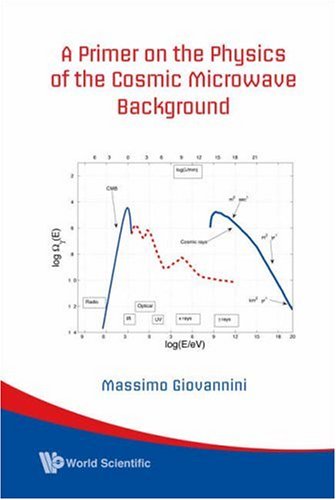
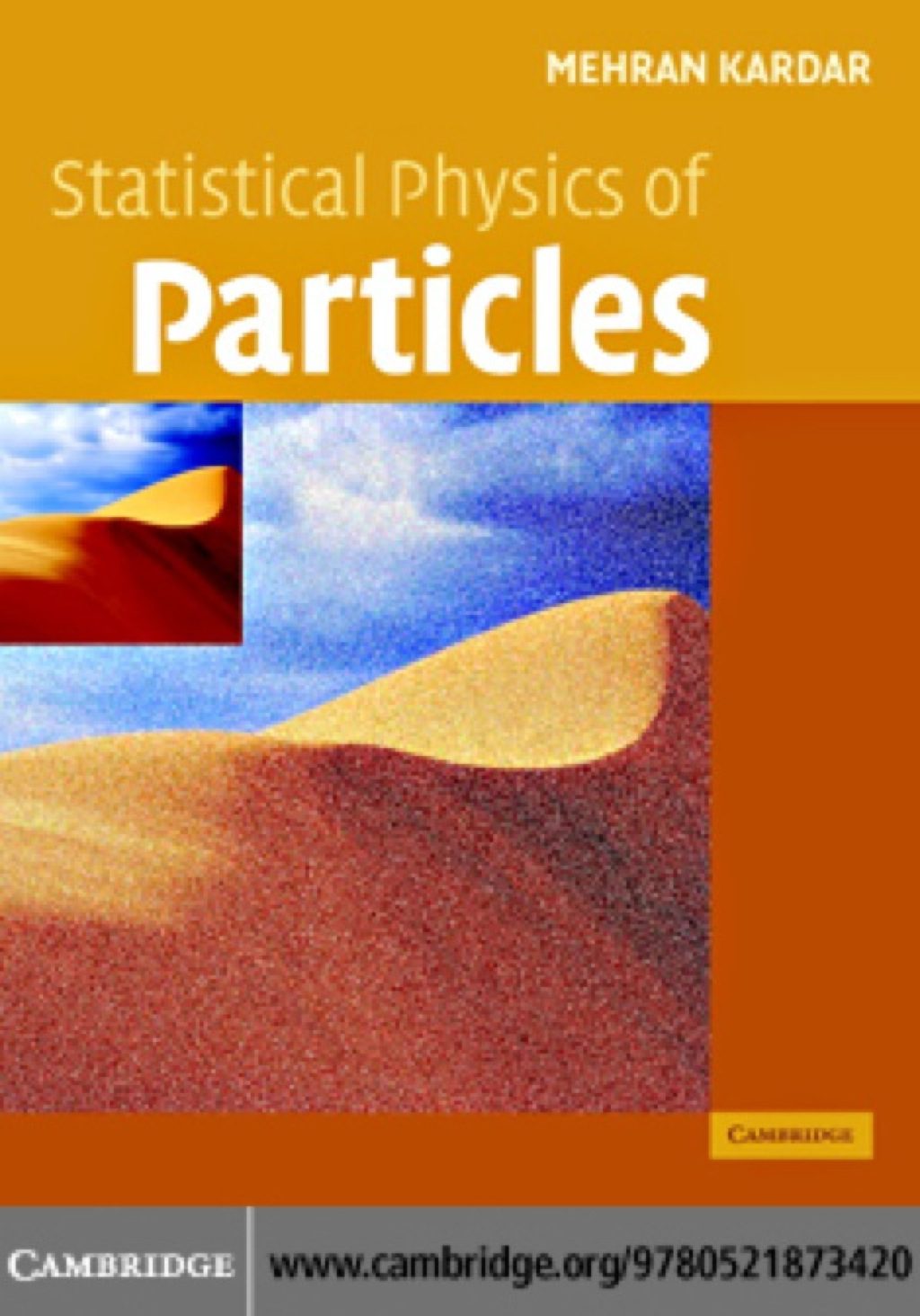
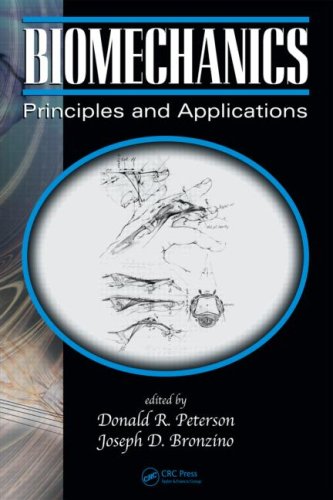
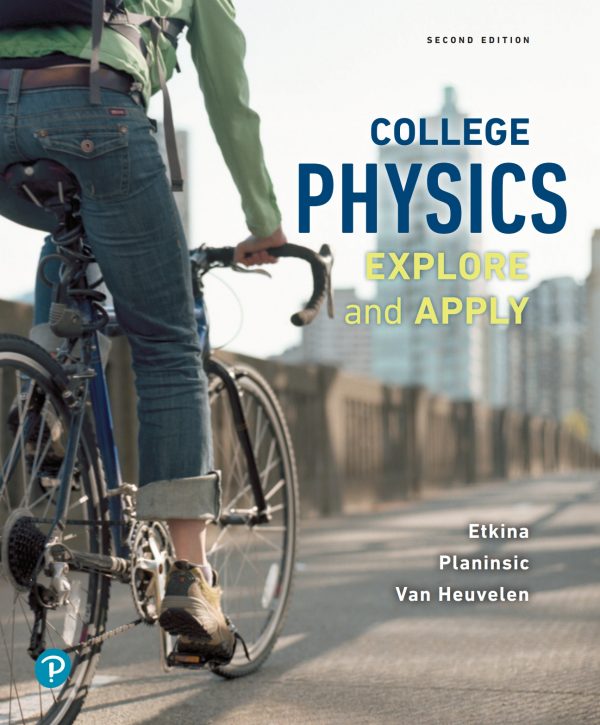
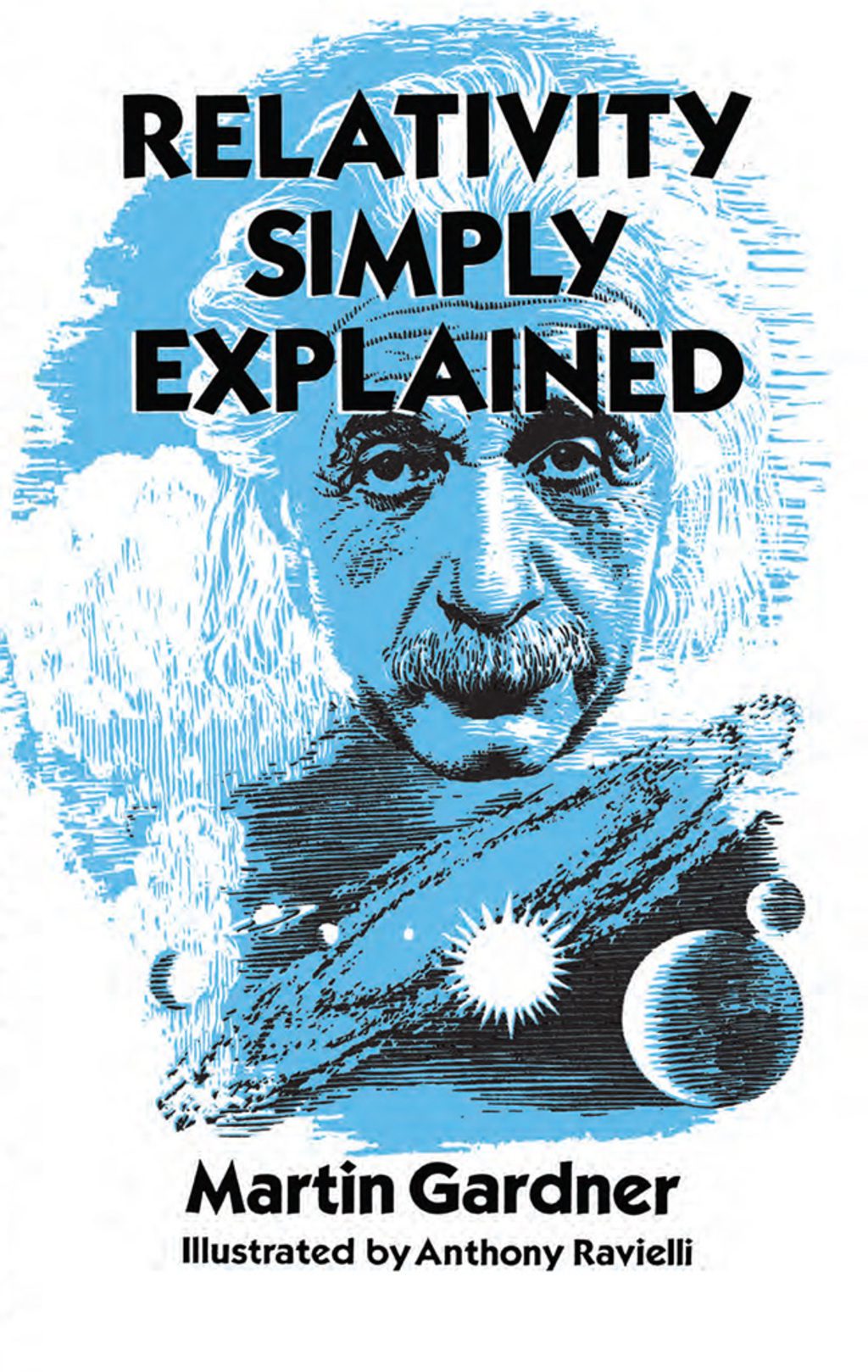
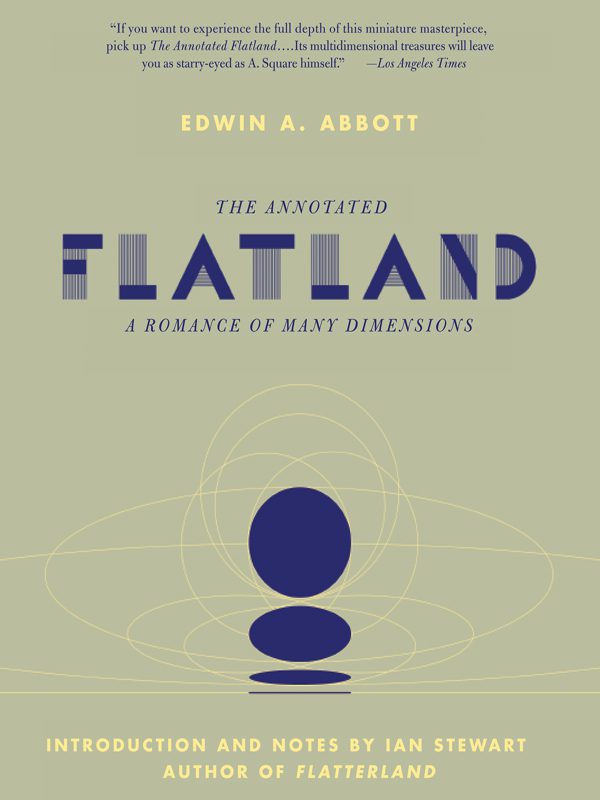

Reviews
There are no reviews yet.